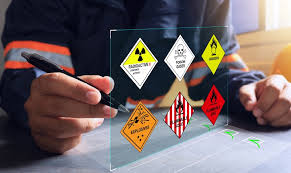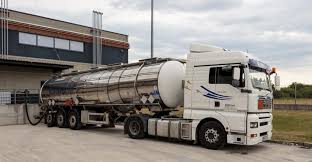
Rising Focus on Safety in Dangerous Goods Transportation
23/08/2025
Global logistics operators are strengthening safety measures in the transportation of dangerous goods as trade volumes increase. Chemicals, fuels, batteries, and other hazardous materials remain essential for industries, but their movement poses significant risks if not properly managed.

Recent incidents at international ports have highlighted the importance of strict compliance with the International Maritime Dangerous Goods (IMDG) Code and air cargo regulations. Authorities are tightening inspections, while logistics companies are investing in specialized training, certified packaging, and advanced monitoring systems to reduce potential accidents.
Technology is also playing a role. Real-time tracking, automated documentation, and AI-based risk assessments are helping firms ensure safer handling of sensitive cargo. At the same time, customers are demanding greater transparency and faster reporting in case of disruptions.
Industry analysts expect stricter standards and digital safety solutions to define the future of dangerous goods logistics, balancing efficiency with responsibility.
DGpac Viet Nam